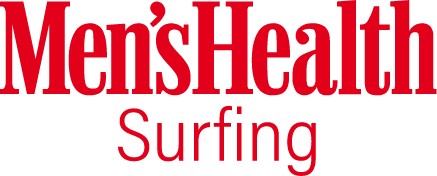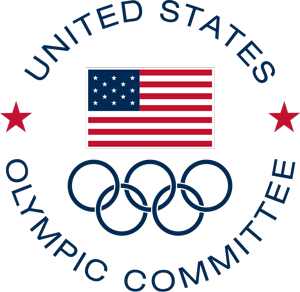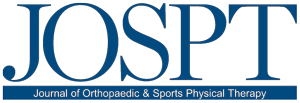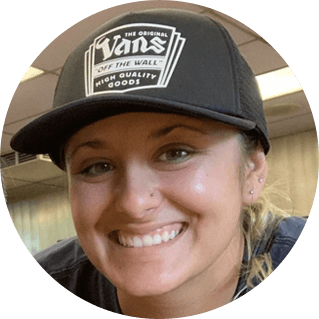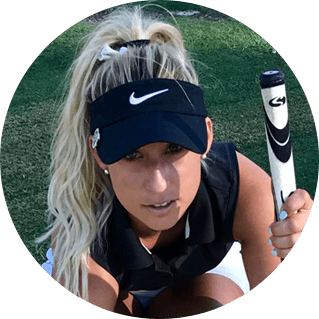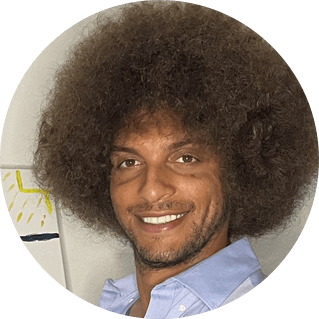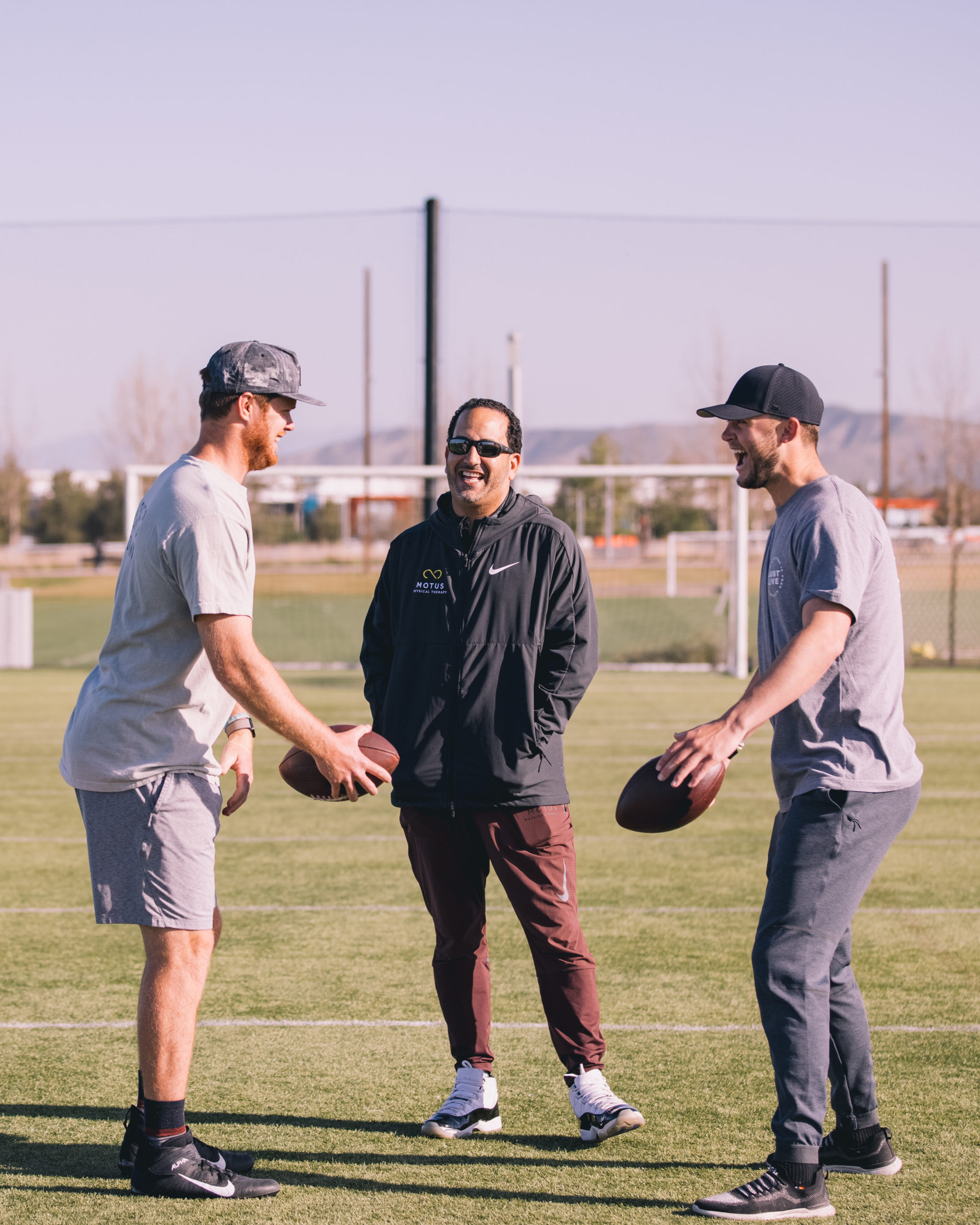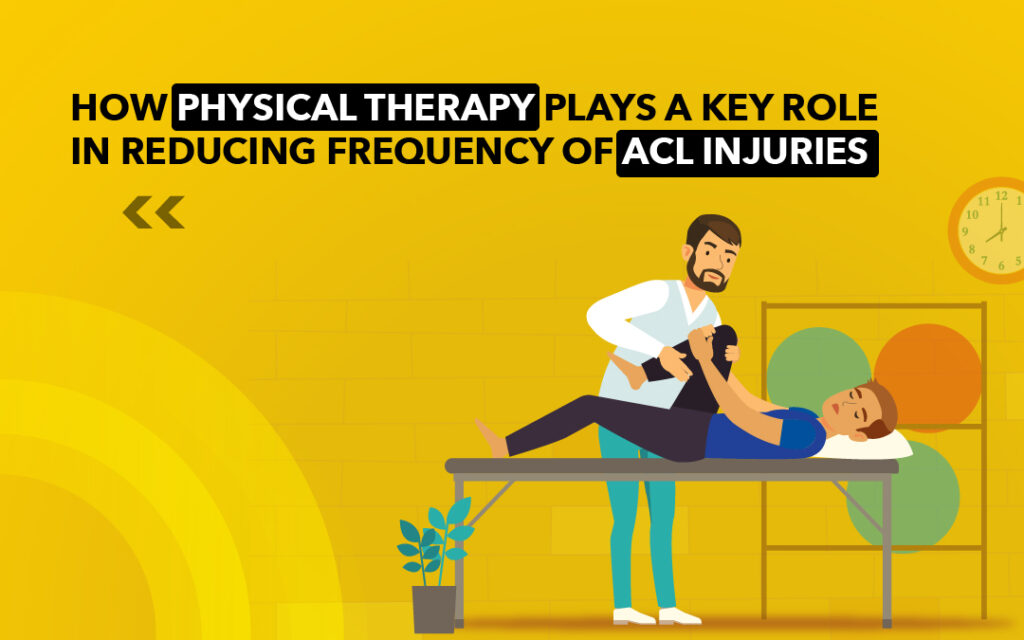
ACL injuries are nearly unavoidable for athletes and active individuals, often leading to a great amount of time stolen away from sports and physical activities. The anterior cruciate ligament (ACL) is one of the four major ligaments in the knee and plays an important role in stabilizing the joint during dynamic movements.
An injury to this ligament can lead to pain, swelling, and instability of the knee, making it a herculean task to perform everyday activities. While surgical intervention and rehabilitation are often recommended for a complete recovery, we believe that prevention is always better than cure. Physical therapy plays a definite role in reducing the frequency of ACL injuries by addressing movement dysfunctions, improving muscle strength, and optimizing biomechanics.
This article will touch upon the anatomy of the ACL, common causes and risk factors for injury, and how physical therapy, particularly at MOTUS in Newport Beach, CA, can help keep ACL injuries at bay.
What are ACL Injuries
The knee joint is composed of four major ligaments: the anterior cruciate ligament (ACL), posterior cruciate ligament (PCL), medial collateral ligament (MCL), and lateral collateral ligament (LCL). The ACL is located in the center of the knee and prevents the tibia (shinbone) from sliding forward on the femur (thighbone).
It also provides rotational stability to the knee. ACL injuries often occur during activities that involve sudden stops, changes in direction, or awkward jumping and landing. A few common risk factors for ACL injuries include muscle imbalances, poor movement patterns, and a history of previous injuries. Proper movement and biomechanics are essential for preventing ACL injuries and maintaining optimal knee health.
How Physical Therapy Can Prevent ACL Injuries
Physical therapy prevents ACL injuries by addressing the underlying causes of these injuries. Typically, at MOTUS, we begin with a thorough physical therapy assessment that includes a thorough evaluation of movement patterns, muscle strength, and joint mobility.
Our physical therapists are trained to identify movement dysfunctions that may predispose an individual to ACL injuries. Once these factors are identified, we will come up with a personalized treatment plan that will address the root cause of the problem and optimize movement patterns.
Functional exercises and neuromuscular training are key components of ACL injury prevention. In fact, according to Journal of Orthopaedic & Sports Physical Therapy, neuromuscular training can reduce primary-ACL injury prevalence by between 43.8% and 73.4%.
Let’s talk about functional exercises. These exercises mimic the movements and activities performed in sports and daily life, helping to improve muscle strength, coordination, and joint stability.
Meanwhile, neuromuscular training focuses on improving the communication between the nervous system and the muscles, enhancing proprioception (a sense that allows us to perceive the location and movement of body parts), and optimizing movement patterns. Together, these interventions help reduce the risk of ACL injuries and improve overall performance.
MOTUS’ Approach to ACL Injury Prevention
MOTUS takes a unique approach to ACL injury prevention with our 4P (Person, Pain, Problem and Plan) Joint by Joint Approach™. This innovative approach identifies the source of pain and restores movement along the entire kinetic chain, not just at the site of pain.
First, a thorough evaluation will be conducted to identify the root cause of the problem and any movement dysfunctions or risk factors that may be present. Then, a personalized treatment plan will be designed to address the identified issues and align the body for optimal movement and performance.
This will be followed by progressive exercises and interventions that will advance fitness and performance goals while minimizing the risk of re-injury. Ultimately, we optimize your performance and ensure your safe return to sports and physical activities.
MOTUS’ approach to ACL injury prevention has been successful in helping clients unlock their maximum potential and perform at their highest capacity without worrying about re-injury. Our team of exceptionally skilled physical therapists, with certifications and experience in various areas, provides personalized treatment plans that address the unique needs of each individual.
From professional athletes to active adults, children, and individuals recovering from surgery or trauma, MOTUS has helped countless clients achieve their goals and return to the activities they love with confidence.
Final Thoughts
Physical therapy is certainly not a magic pill but it plays an instrumental role in reducing the frequency of ACL injuries by addressing movement dysfunctions, improving muscle strength, and optimizing biomechanics.
If you are an active individual or athlete looking to optimize your performance and reduce the risk of ACL injuries, consider scheduling a consultation with us.
At MOTUS Physical Therapy in Newport Beach, CA, we offer highly personalized treatment plans designed to address your unique needs and help you achieve your goals. Don’t wait until an injury occurs to take action. Be proactive in your approach to injury prevention and optimize your performance with the help of a skilled physical therapist.


